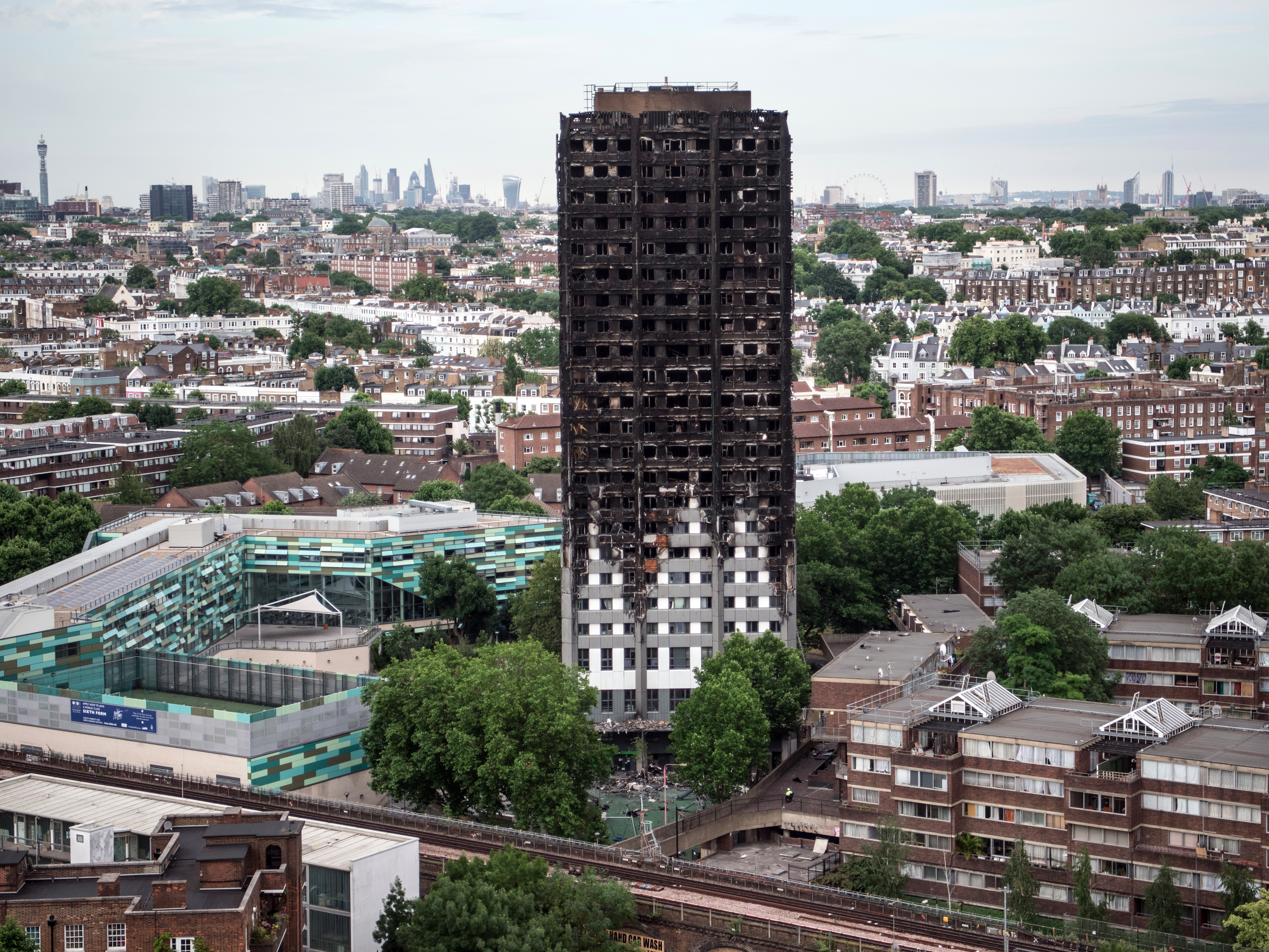Since the Grenfell Tower fire killed at least 80 people in June, there has been a relentless focus on the scale of the divide between rich and poor in Kensington and Chelsea, the London borough where the disaster took place.
On Tuesday the government confirmed that the public inquiry into the fire would include scrutiny of Kensington and Chelsea council, who had joint responsibility for the welfare of those living in the tower.
The issue will be pored over for months to come – but an anecdote revealed in a newly-published account of divisions in the borough reveals a lot about the environment in which the tragedy took place.
It claims that rich residents could get their concerns addressed within 14 hours, while poor public housing tenants waited for years with no action.
The New York Times published a piece on Tuesday under the headline “Tower Fire Lays Bare Divided District’s Tensions” which showed how rich and poor residents had their concerns treated very differently.
While the Grenfell Tower residents' association was lobbying for better fire protection, which never came about, their richer neighbours were demanding that action be taken to quieten down noisy Ferraris being driven through the ritzier parts of Chelsea.
An influx of loud supercars is an annual ritual in the area, as billionaires from the Middle East decamp to London to escape the summer heat, bringing their vehicles with them:
London's supercar season has begun as wealthy owners bring their Lamborghinis to the capital for summer https://t.co/JBNkoVyXgG pic.twitter.com/P2TtPPa3aL
— Mail+ (@DailyMailUK) August 1, 2017
Here's the NYT's account of how it was dealt with:
"Timothy Coleridge, one of several councilors who attended Eton, Britain's most exclusive private school, has served on the council since 1986, as did his father before him. Two years ago, he received an email from a distressed resident.
"Subject line: 'Our borough is becoming a nightmare!!'
"Sports cars were speeding in his Knightsbridge neighborhood, one of the most expensive in London, the resident complained. Limousines hogged parking spaces outside his home.
"'The super car situation was ghastly during the last few summers, keeping us all awake in North Terrace,' the resident wrote on June 2, 2015, demanding urgent action.
"Mr. Coleridge sympathized. 'We totally agree with you, and our experiences as local residents matches yours,' he replied, 14 hours after receiving the complaint. Lawyers were put to work. The police were consulted. Five months later, a Public Space Restriction Order imposing steep fines had been passed.
Robert Atkinson, a Labour councillor who represents the Notting Dale ward which contains Grenfell Tower, said the speed of the response was "remarkable."
Meanwhile, residents living in Grenfell who complained about the low standards of fire safety found themselves repeatedly frustrated as their complaints to the Kensington and Chelsea Tenant Management Organisation - the build operatores - and their overseers on the council came to nothing.
A November 2016 blog post from the residents' Grenfell Action Group, which went viral after the fire, said "only a catastrophic event" would wake up the authorities to the state of the building, and that the council was blind to a "future major disaster."
In January of that year, and as far back as 2013, they made similar complaints.
The New York Times reported that one of the residents behind the blog posts was dismissed by the council's housing chief as "a fantasist." Evidently, their complaints were never addressed, with fatal consequences.
Business Insider has contacted Kensington and Chelsea council for comment.

